Types of glass
Float glass
Float glass is the most popular types of glass. It has a perfectly smooth surface without optical distortion. It is transparent but has a slightly greenish or blueish hue that is particularly visible on the edges of the glass, with the thicker the edge of the glass, the more saturated the glass. Float glass is used both indoors and outdoors. It is subject to all types of machining.
Available in thicknesses: 2, 3, 4, 5, 6, 8, 10, 12, 15, 19 mm
Application:
- glass doors, shower cabins, walls and glass enclosures
- balustrades, floors, stairs, roofs, skylights
- furniture, cabinets, shelves, any glass interior fittings
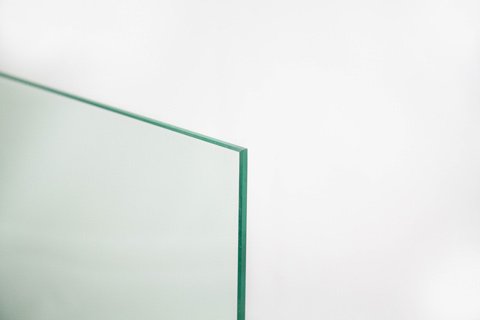
White Float Glass (Optiwhite)
This types of glass is almost completely colorless at a thickness of 4mm. Bluish – greenish color characteristic of float glass is noticeable at higher thicknesses. Compared to ordinary glass, white glass is characterized by superior solar energy transmission and higher light transmission. It is also much whiter than float glass. Such glass is particularly applicable in situations where aesthetics and transparency are important. For indoor and outdoor use. It is subject to all types of machining.
Available in thicknesses: 4, 5, 6, 8, 10, 12, 19 mm
Application:
- especially – decoration of jewelery stores
- for painting with white paint and hues close to white and wherever faithful color rendering is important.
- for printing
- glass doors, shower cabins, walls and glass enclosures
- balustrades, floors, stairs, roofs, skylights
- furniture, shelves, cabinets, all glass fittings
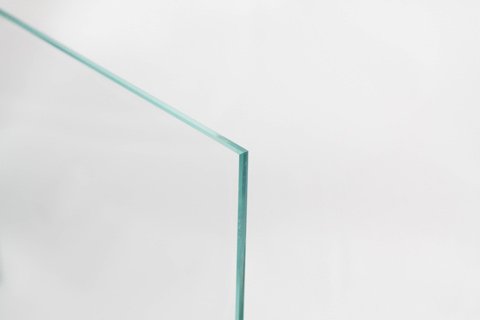
Colored glass (ANTISOL)
„Dyed in the mass” glass is produced in the same way as float glass with the addition of special ingredients that allow you to obtain the right color of the glass. The intensity of the color depends on the thickness of the glass pane. The higher the thickness of the glass, the more intense of color. Antisol is available in colors: bronze, blue, green, graphite, dark graphite (almost black). They are used both indoors and outdoors. The interior is used as a decorative glass, and outdoors mainly as a sunscreen or gently concealing. It is subject to all types of machining.
Available in thicknesses: 4, 5, 6, 8, 10, 12 mm
Application:
- glass doors, shower cabins, walls and glass enclosures
- balustrades, floors, stairs, roofs, skylights
- furniture, shelves, cabinets, all glass fittings
- panels, worktops, counters, tables

Satin Glass
Satin glass has a matt, uniform surface. Satinization can be done on most types of glass, dyed in the mass, lacquered, mirrored In different thicknesses. The effect of satin is obtained by digesting the glass with acid. Such glass is more translucent than sandblasted glass but easier to keep clean (not “fingered” like sandblasted glass). They are rather used inside buildings. It is subject to all types of machining.
Types of satin glass:
– decormat (colorless, bronze, graphite, dark graphite, blue)
Application:
- glass doors, shower cabins, walls and glass enclosures
- balustrades, floors, stairs
- furniture, shelves, all glass fittings

LACOBEL GLASS
Lacobel glass is a wide range of varnished glass covered from the underside of high-quality lacquer, which makes the glass non-opaque and the glass front remains glassy. The glass is available in dozens of pastel, metallic, chromatic colors. Lacobel glass is widely used in interior as decorative glass. Not suitable for outdoor use. It cannot be tempered (exclude Lacobel T) or bended. It should not be used in wet areas.
Available in thicknesses: 4 mm
Application:
- wall panels and decors (wall cladding in the kitchen and bathroom), cabinet doors
- glass door, furniture
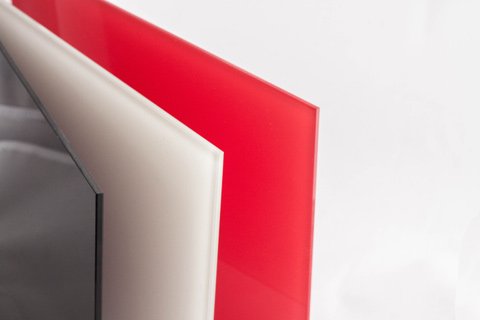
Laminated glass
Laminated glass is a safety glass consisting of two, three or more layers of glass between which one or more EVA or PVB films are inserted. Transparencies can be colorless, milky or colored. There is also possibility for panes, graphic elements, fabrics, veneers, decorative foils, prints, etc to be lamineted between . Laminated glass is safe in case of breakage. It does not break into pieces, because it stays glued to the foil and maintains a certain strength until replaced. The presence of the film also affects the noise level, so laminated glass is also a very good acoustic insulator. Depending on the purpose, to increase the mechanical and thermal resistance, you can give laminated glass toughening techniques. It is also possible to apply a non-slip layer to the upper surface of the laminated glass. This is of particular practical importance in the case of glass floors and stairs. For indoor and outdoor use. It is subject to all types of machining.
Application:
- glass stairs, glass floors
- glass roofs, glass railings, skylights
- shower cabins, glass doors, glass walls
- bulletproof (armored), anti-burglary glass
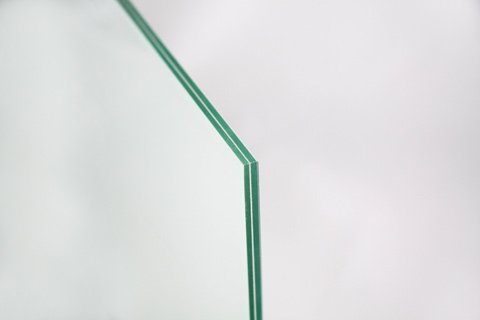
Anti Reflection glass
The advantage of anti-reflective glass is the refraction of incoming and outgoing light in such a way that it does not give reflections or reflections irrespective of the angle at which we look at them. These features are often used as acover for images/pictures. Apart from cutting, grinding, dampingand drilling, it is not subject to any other treatment.
Available in 2mm thickness.
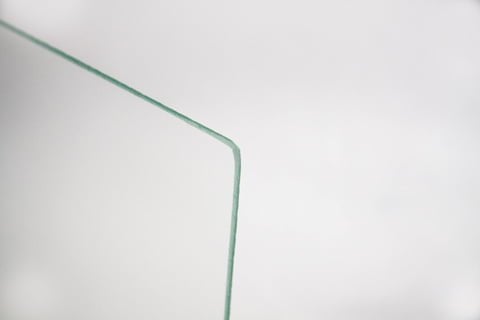
Reflective Glass
It is a colorless or colored glass, covered with a layer of hard metal oxides. It is subjected to a treatment of selective sputtering of a special coating, which transmits light but has a high reflectance of infrared radiation. The use of such glass in the summer protects the room from warming, in winter it limits the radiant heat from the interior of the room and in addition, reflective glass provides the optimum amount of daylight. It is also used to achieve privacy. Its similarity is the Phenic/Spy mirror. By the ability to apply a reflective layer of different colors – it gives interesting architectural effects on the facades of buildings. It is full range of machining. For indoor and outdoor use.
Available thicknesses: 4, 6, 8, 10 mm
Application:
- doors, walls, decorative elements, facades
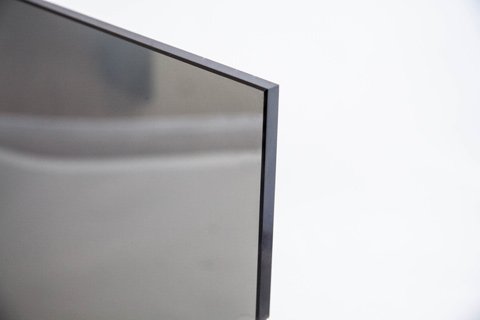
Glass Armored
Reinforced glass is a types of safety glass with a slightly tinted color which, in case of cracks, does not scatter into fine pieces. Everything thanks to the fact that it has a sunken steel mesh inside. Reinforcement mesh is made of steel wire, which increases the strength of the glass. Thanks to reinforced glass is also suitable for glazing roofs and skylights, can maintain the load caused by wind, rain or snow. Reinforced glass has the characteristics of fireproof and anti-burglar glass. It is also available in polished version as a completely transparent glass. Moreover it is the inspiration for designers, which makes it an interesting element of interior design. It is subject to a full range of machining, excluding hardening and bending. For indoor and outdoor use.
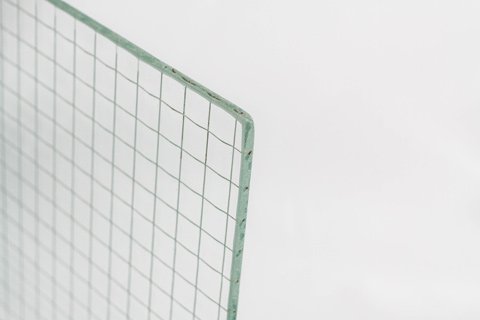
Fireplace Glass (Heat-Resistant)
Fireplace glass is used as filling door in fireplaces. It is a special glass with temperature resistance up to 700 degrees Celsius but its mechanical strength is not high. The color of the fireplace glass is slightly brown.
Available thicknesses: 4mm
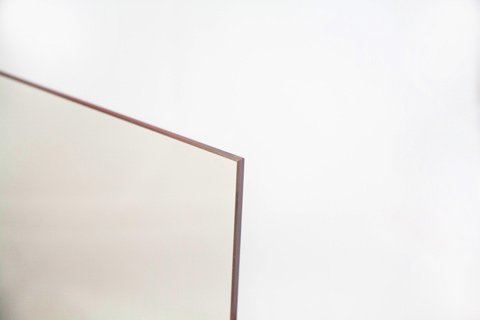
Self-cleaning glass
There is a glass whose surface has been permanently covered with an invisible, mineral substance, with very high strength. Thanks to the applied structure, such glass is less soiled than traditional glass. The pollution removal process is achieved by dual UV light of daylight and water (rain).
Such glass is generally intended for outdoor use in residential and commercial buildings, in places exposed to sunlight and exposed to precipitation.
Application:
- glass roofs, skylights
- balustrades, verandas, winter gardens, balcony partitions
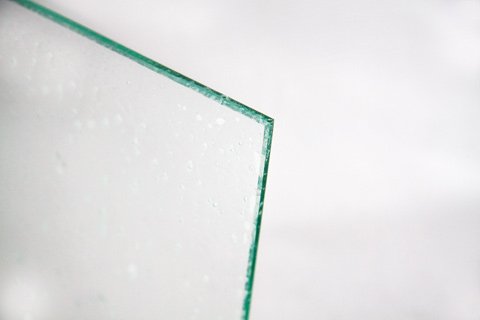
Decorative Glass
- sanding
- painting
- sticking transparencies
- printing
- fusion
- resin tapping
- stained glass effects
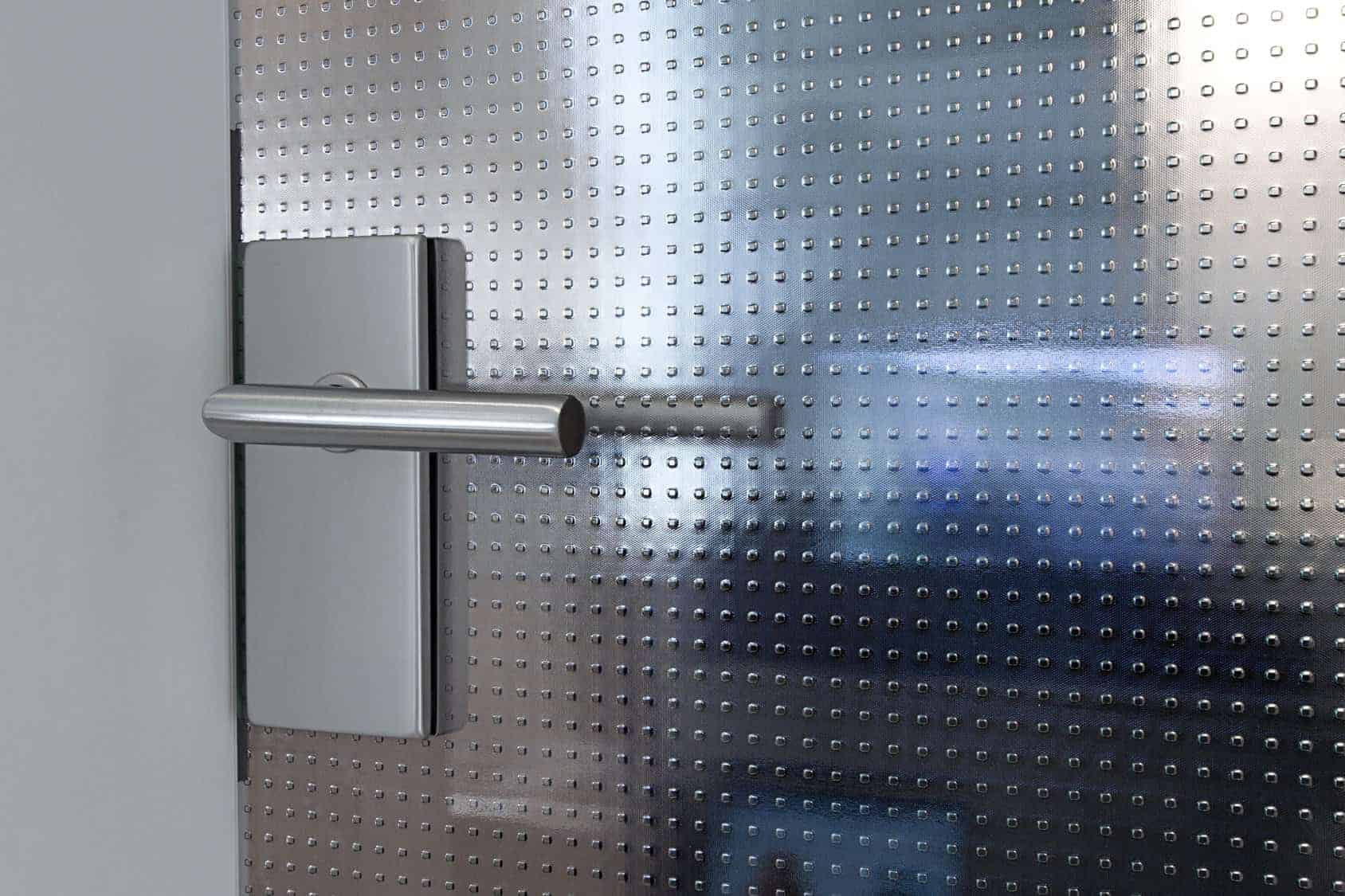
Double Glazing Glass
Composite glass consists of at least two glazed units of Glass separated by a perimeter spacer connected to each other by various sealing processes, with hermetically sealed spaces between glazing units containing desiccant, air or other gases.
Application:
- construction, facades
- protection against heat loss or excessive heat
- noise protection
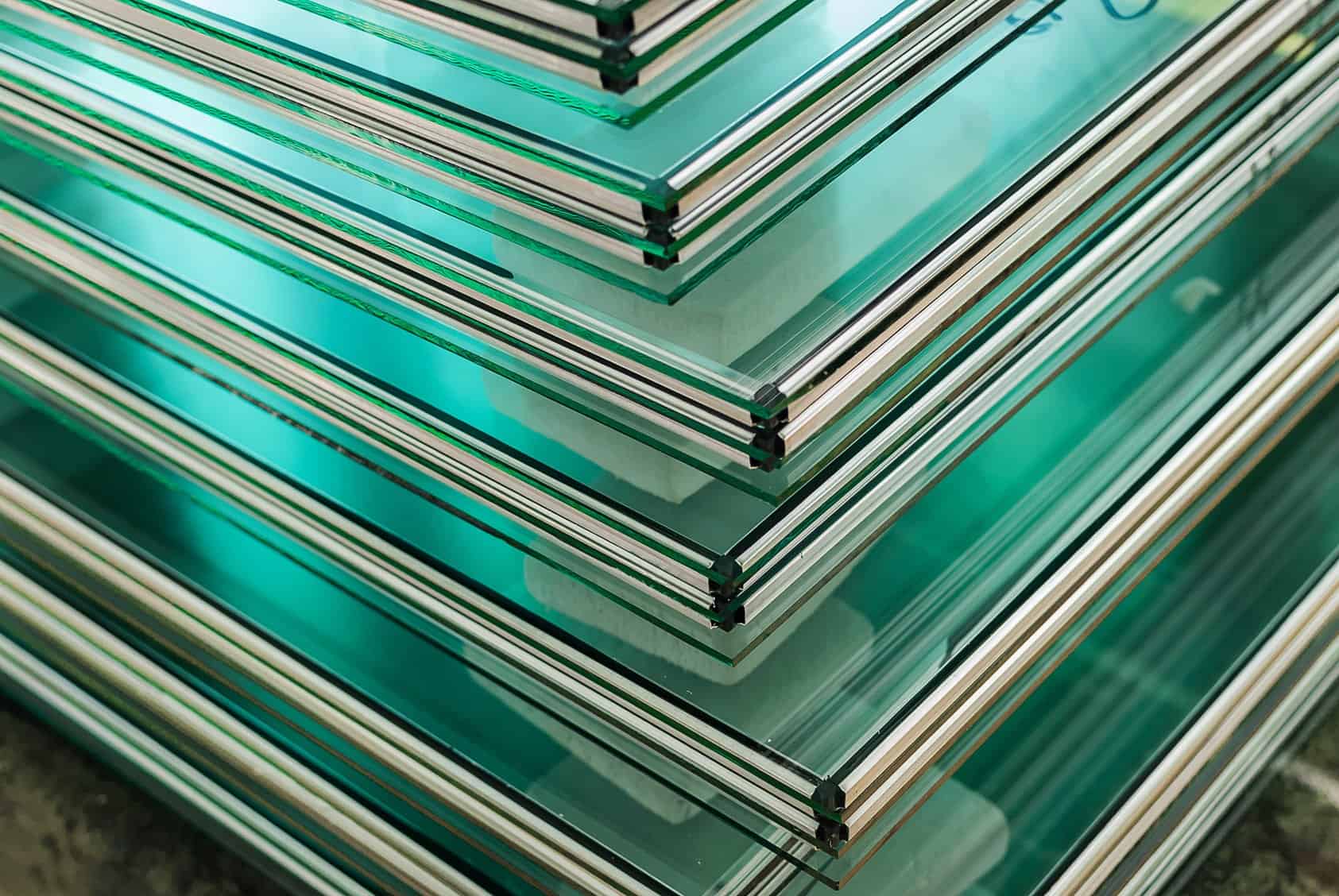
MATELAC
Matelac Glass is like lacobel but on one side is matt finished. Lacquered satin matelac glass is available in 12 different shades of color. The palette also offers metallic, gold and silver colors.
There are 3 types of satin mirrors in this product group.
It is subject to all types of treatment, without hardening and bending
Application:
- doors, cabinets, tables, shelving, wall panels
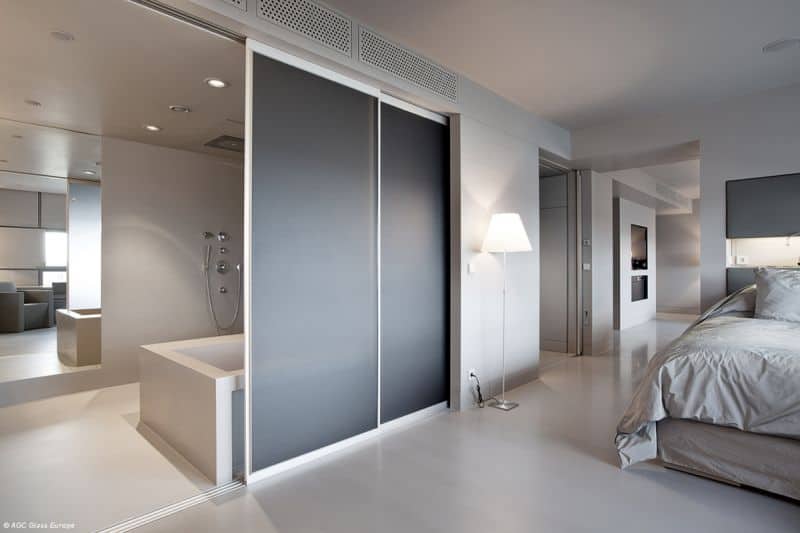
Spy Mirror (MIRASTAR)
This is a glass that, when set to the right light intensity in the room, allows a person in a darker room to observe a person in a brighter room without being seen by them. It is not perfectly silver but close to this colour. This is a partially reflective mirror that gives you the possibility of high quality vision in one direction for achieving privacy and unnoticed observation. To maintain privacy on the observer side, the ratio of public lighting (observed) to the level of the private (observed) lighting should be 8: 1. The maximum privacy of the observing part will be when observers wear dark clothing and the room will be furnished with dark furniture. Also make sure that the light points on the side are not facing the windshield. It is subject to all types of treatment. It is used both inside and outside buildings.
The spy mirror can be extremely hardened and therefore can be a safe mirror, door or wall element.
Available thicknesses: 4, 6, 8 mm
Application:
- police stations, prosecutors, courts – interview rooms
- preview production halls, warehouses, offices
- focus studies
- doors, walls, mirrors safe
- interesting inspirations

Do you have questions?
See how you can contact us:
